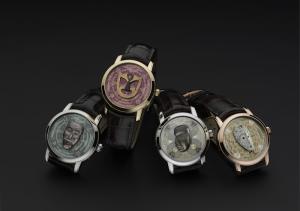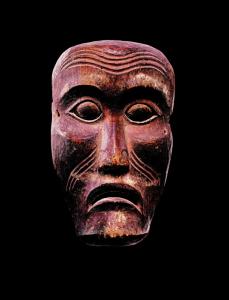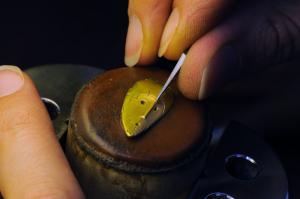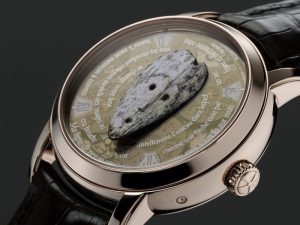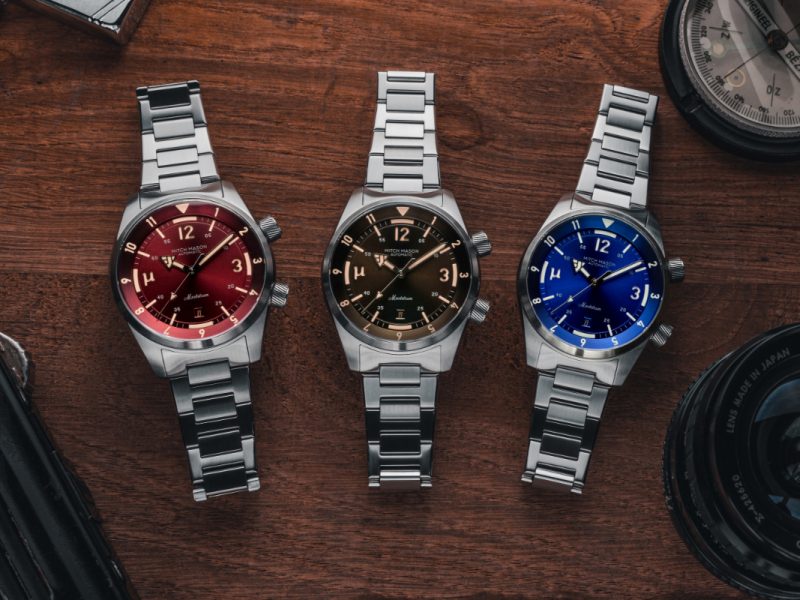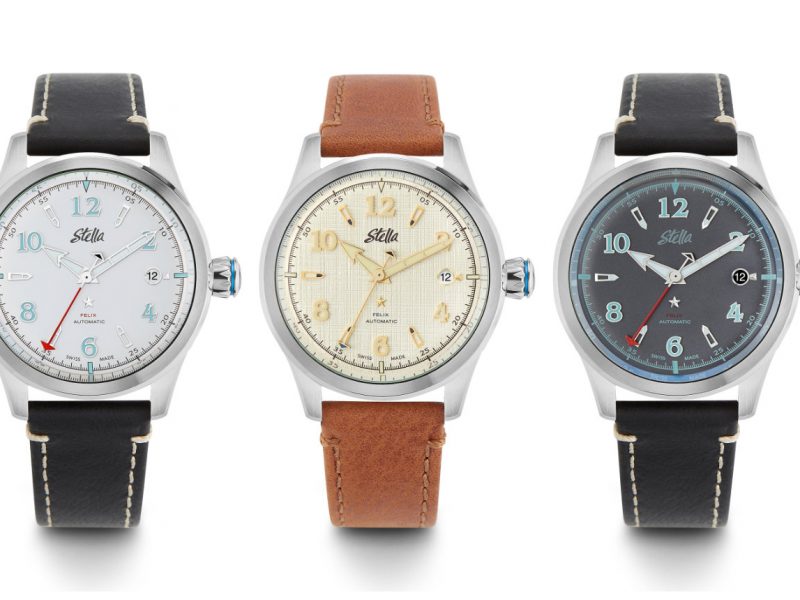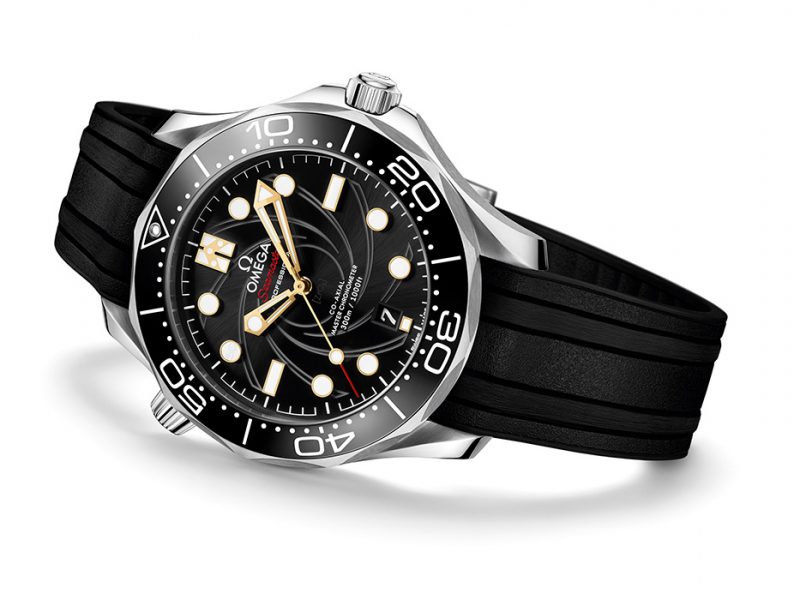VACHERON CONSTANTIN Métiers d’Art Les Masques – Celebration of a collection
Four years ago, in 2005, Vacheron Constantin celebrated 250 years of uninterrupted history. This jubilee event, unique in the annals of watchmaking history, was a perfect opportunity for the Geneva-based manufacture to demonstrate its mastery of horological art with exploits that redefined the limits of what is possible. Having proudly turned to its past, Vacheron Constantin is continuing its steady march towards the future, in an ongoing quest for the extraordinary. To create, astound and enchant, these are the challenges for the years to come.
Watchmaking is an art requiring fresh starts and continual improvement. How else can one go on creating surprises? Thanks in particular to one of its founders, François Constantin, the manufacture’s name and reputation are synonymous with distant horizons. An accomplished ambassador and tireless traveller, he crisscrossed the world in the hazardous conditions of the times to spread the company’s watchmaking expertise on other continents. By 1820, he was already exploring opportunities in China and, in 1833, the first Vacheron & Constantin watches were crossing the Atlantic. The company had realised very early on the necessity of gaining a foothold in the New World and opened a subsidiary in New York before going on to open one in Brazil around 1840, and another in India ten years later. Can a timepiece serve as a cultural bridge between nations? Both the company’s founders believed so. In 2007, the manufacture felt the need to go back to basics, paying homage to man when he verges on the sublime. It was a long journey, taking its watchmakers through time and space in search of man’s roots and focussing on one of the most beautiful expressions of his soul.
Three years
Twelve Masks
Three hundred exceptional timepieces
What would be the best subject to subtly evoke the human experience? The manufacture’s master watchmakers and designers considered several possibilities. As it turned out, the choice of masks was an obvious one, for Geneva is extremely fortunate in having one of the world’s finest museums of primitive art, the Barbier-Mueller Museum. Its proximity guided Vacheron Constantin in its final choice. The Métiers d’Art “Les Masques” collection, therefore, grew out of a reflection on the near and far, the past, present and future, and the process of constant renewal.
But one obstacle remained: to win over the museum. Would it be willing to lend its treasures for months on end so that they could be reproduced on the dial of a collector’s watch? In the end, two things convinced Jean Paul Barbier-Mueller of the project’s beauty and significance: a lunch during which he and the Vacheron Constantin team headed by Juan-Carlos Torres were able to share their common passion for beautiful objects, and the manufacture’s philosophy.
The rest was a matter of horological magic and the commitment of a team to surpass the limits of possibility. Twelve masks were selected from the Barbier-Mueller collection for small-scale reproduction in gold. They repose majestically at the centre of each timepiece in a collection that spans two thousand years and four continents.
Because Vacheron Constantin understands the value of time, it respected the time needed to create such exceptional pieces. Long months were required first of all to perfect the movement, and then the techniques with which the master craftsmen could reproduce these works of art in miniature. There had to be plenty of time for questioning, reflection and invention.
A collection cannot be hurried. That is why the Métiers d’Art “Les Masques” collection is a story that has unfurled over time. Every year for three years – 2007 to 2009 – a boxed set of four different masks has been presented in a limited series of 25.
A complete set of the twelve timepieces reproducing the twelve masks – from the limited edition of 300 exceptional timepieces – is being unveiled at the Metropolitan Museum of Art in New York at an exhibition sponsored by Vacheron Constantin and called “A Legacy of Collecting: African and Oceanic Art from the Barbier-Mueller Museum, Geneva” in tribute to Jean Paul Barbier-Mueller.
A work of Art in miniature
Each timepiece is equipped with the automatic Calibre 2460G4 movement, made by the manufacture and bearing the prestigious Poinçon de Genève. Thanks to this very special movement, the time can be read without any hands: by means of a set of wheels and gears, four discs indicate the hours, minutes, day and date in windows, leaving the centre of the dial empty for the masks to be placed there and for the craftsmen to give free rein to their creativity.
The movement was completely redesigned to receive the masks; even though time is the raison d’être here, the masks are the focus of attention and had to be put in the spotlight. To ensure that they were, the team of designers decided to virtually conceal the movement. A clever technique using transparency and specially-treated glass creates the impression that the masks are floating. Each sapphire crystal has a different tint, obtained by a unique metallisation process, so that it sets off the colour of the mask. The effect is breathtaking: the miniature sculpture seems within reach, a silent guardian of ancestral secrets.
Finally, it required all Michel Butor’s talent to give voice, if not life, to the masks. His magnificent words, short poems in prose dedicated to each mask, circle the sapphire dial in letters of gold. The writer’s lines follow each other in a spiral that seems to have no beginning and no end, a mysterious message that can only be read when the light strikes it from a certain angle. This effect is achieved by vacuum metallisation, a sophisticated technological process in which the gold letters are sprayed onto a sapphire crystal. Thanks to the multiple play of light and transparency, the watch has secrets that it will only ever share with its owner.


